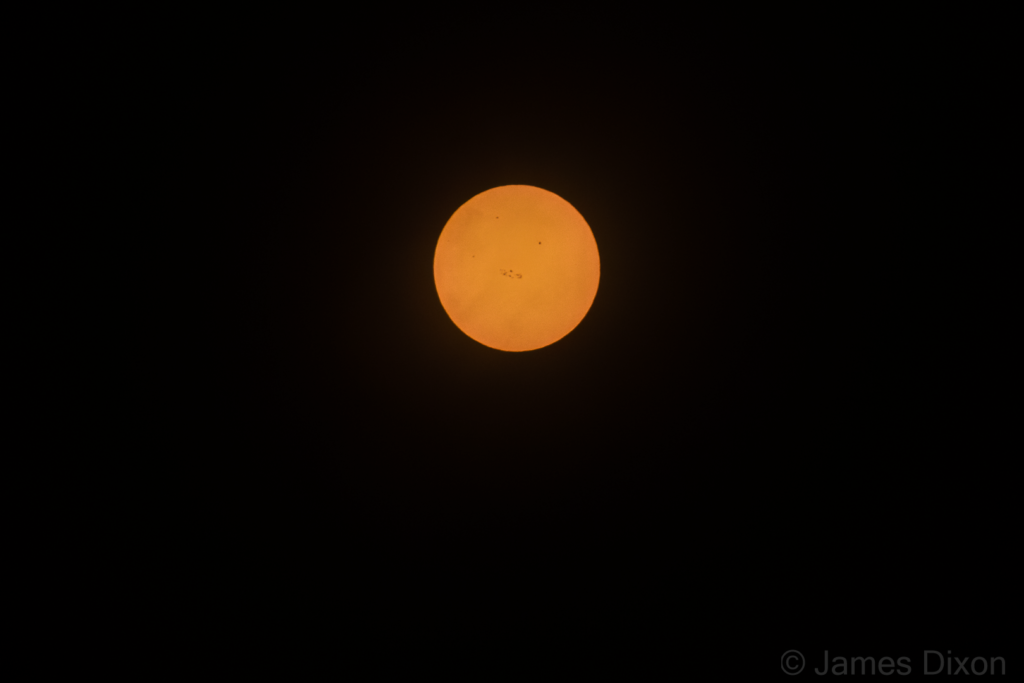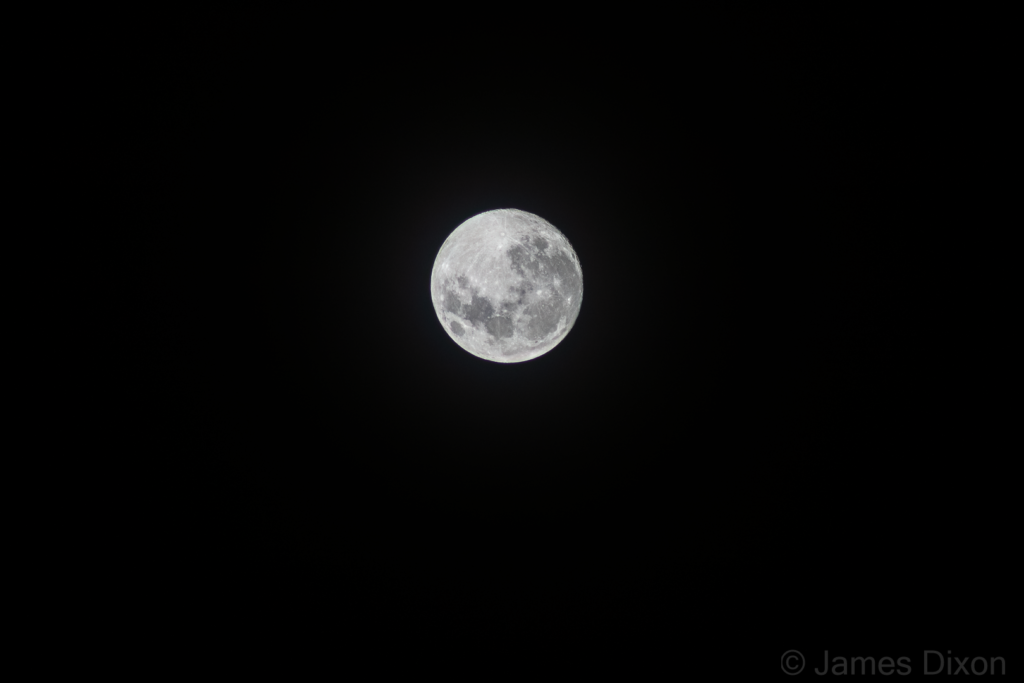I set up my primary eclipse rig, the Celestron AVX & 127MCT with my Canon EOS T8i coupled with a 400mm f/5.6 manual focus prime lens, Saturday afternoon and shot the Sun. I came back hours later and shot the Moon. For the filtered Sun, my optimal exposure appears to 1/125s at ISO 800. For the Moon, 1/1000s at ISO 800 looks good. Those settings for the Moon are important for the eclipse as multiple sources tell me that the brightest part of the corona is about as bright as a full moon. This was a day shy of full Moon but it’s going to be cloudy tonight and it will have to do. So, for the partial phases I will shoot 1/125s. Then during totality, I’ll shoot a sequence of shots from 1/2000 (to be safe) through perhaps 1/500, 1/125, 1/30, 1/8, 1/2, 2, and finally 4 (or 8). The idea is each image is two stops longer than the other. I’ll use a programmable shutter release for the partial phases but use BackyardEOS for totality. These exposure values are not set in stone, there is plenty of time to overthink this.
These two images are uncropped with only a minimum of processing in Lightroom. I’ve got the camera lined up with the scope pretty well horizontally. A spacer at the front of the dovetail will hopefully get the target centered. I want it as centered as possible in camera and telescope. You should be able to zoom into each picture.


